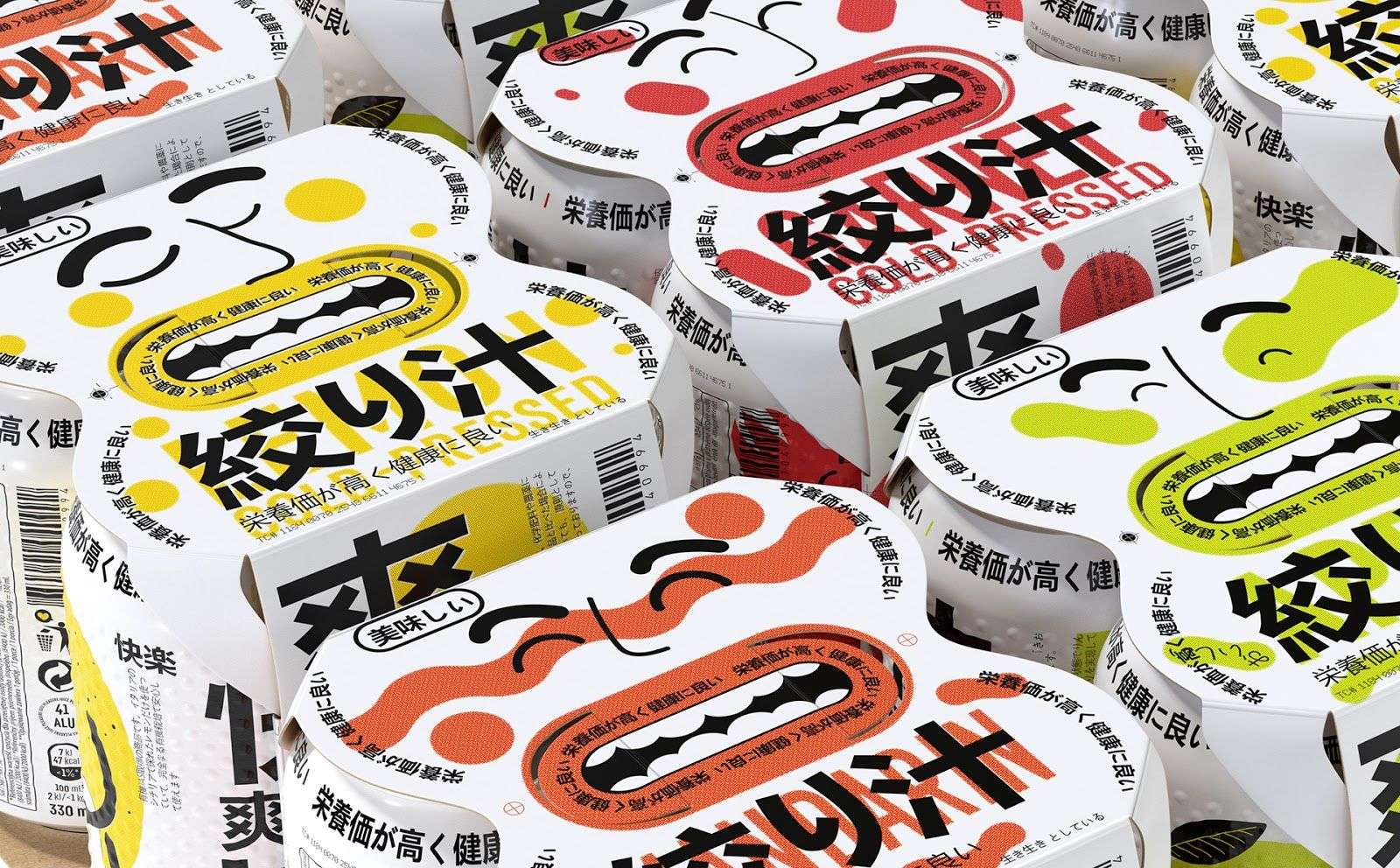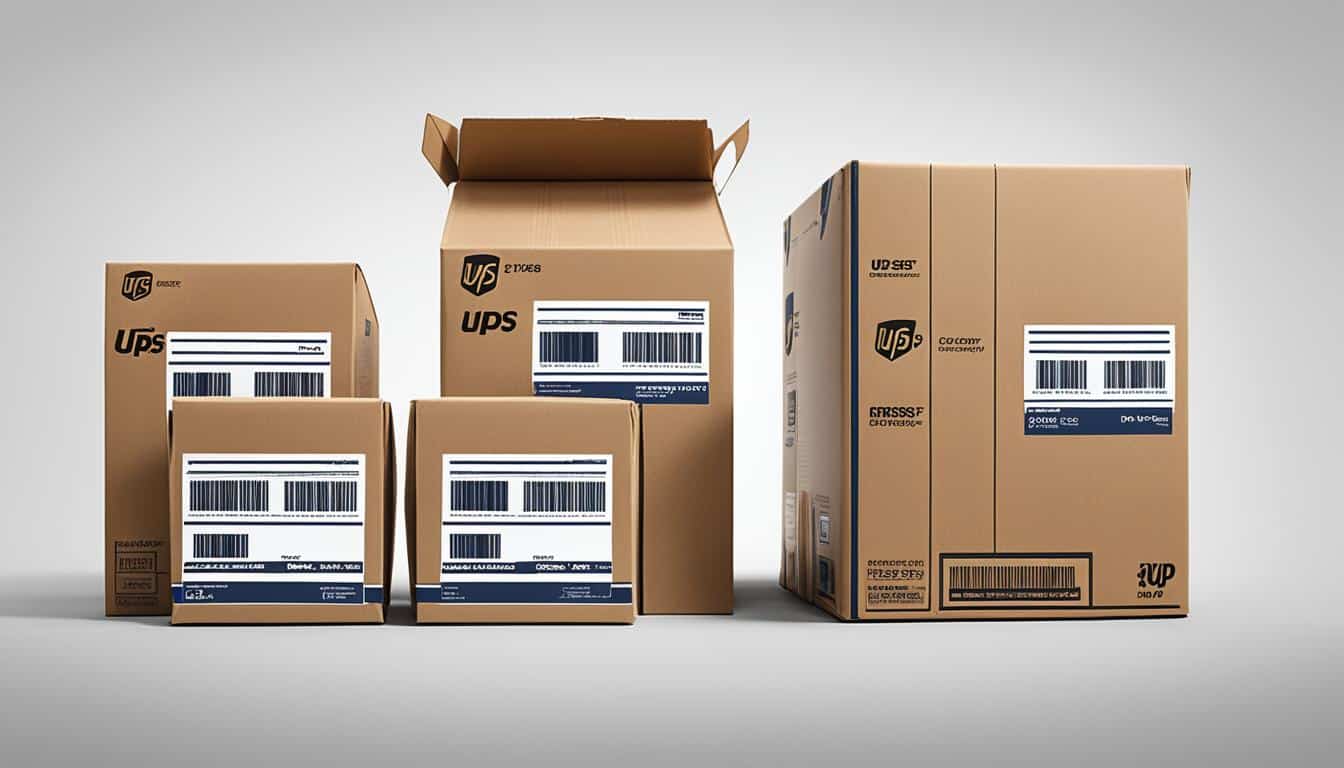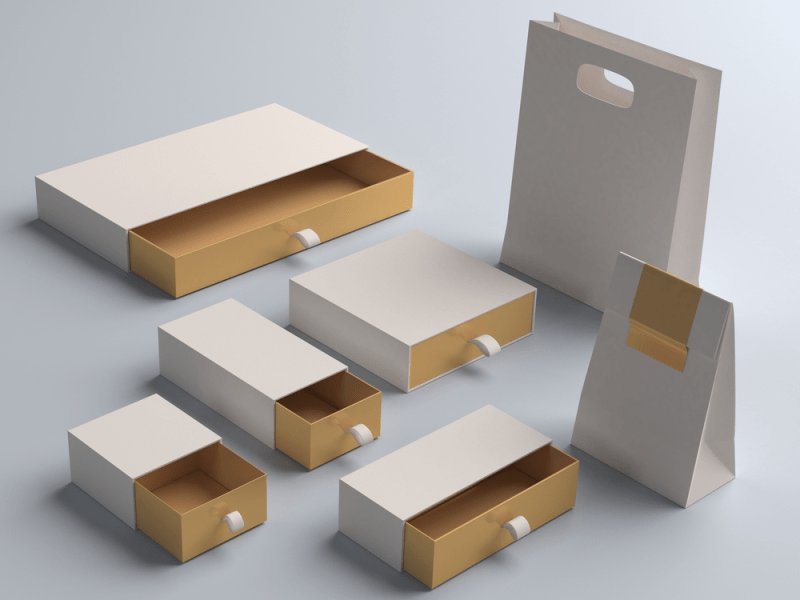Why is Japanese Packaging So Good?
Packaging has become an art form, especially in Japan, where it reflects culture, aesthetics, and practicality. Japanese packaging sets a high standard worldwide, with innovations that go beyond mere function to create a memorable, delightful experience. This unique approach has even inspired global packaging trends, including the demand for custom boxes in the USA, premium custom boxes, and best custom boxes in markets like the United States. But what makes Japanese packaging so exceptional?
This article explores the distinct qualities that make Japanese packaging stand out and offers insights on how businesses can adopt similar practices to appeal to customers.
1. Japanese Packaging as a Cultural Expression
Packaging in Japan is more than protection for a product; it reflects respect, hospitality, and an understanding of aesthetics rooted in Japanese culture. Here are some reasons why Japanese packaging has reached such elevated status.
- Omotenashi (Hospitality): Omotenashi is Japan’s philosophy of hospitality. It emphasizes caring for customers, which manifests in packaging that makes opening a product an enjoyable, ceremonial experience. This principle can inspire businesses aiming to design premium custom boxes that resonate with their brand’s values.
- Aesthetics and Minimalism: Japan’s cultural preference for minimalism influences packaging design, focusing on simplicity, functionality, and beauty. Many Japanese packaging solutions use limited colors and clean lines, highlighting the product itself rather than overwhelming the customer.
- Attention to Detail: Every element of Japanese packaging is meticulously crafted to reflect quality and care, which could enhance consumer perception when applied to custom boxes in the USA.
2. Sustainability and Japanese Packaging
Japan is committed to sustainability, and this ethos is reflected in its packaging practices. In the USA, the demand for eco-friendly solutions has also grown.
- Material Choice: Japanese packaging often utilizes biodegradable and recyclable materials, encouraging environmental responsibility. Businesses in the U.S. can take inspiration from this, offering best custom boxes with eco-conscious materials.
- Reusability: Japanese packaging often has a second life, whether it’s used for storage or repurposed in a creative way. This practice minimizes waste and maximizes utility, appealing to environmentally aware consumers.
3. Functionality and Innovation
Japanese packaging isn’t just beautiful; it’s highly functional. Japan has pioneered designs that protect, preserve, and display products innovatively.
- Protective Layers: Many Japanese products have layers of wrapping, ensuring protection against damage and contamination. This kind of careful approach could be ideal for brands looking to offer premium custom boxes.
- Innovative Design Features: Japanese packaging often includes clever design elements, such as resealable bags or built-in compartments, which add convenience and usability.
- Custom-Fit Packaging: Products are packaged to fit perfectly within their containers, reducing movement and potential damage. The trend of custom boxes in the USA could certainly incorporate this concept to enhance product safety.
4. Visual Appeal and Customer Experience
Japanese packaging creates an emotional connection through its visual appeal and attention to user experience.
- Aesthetic Appeal: Japanese packaging often appears as a miniature piece of art, which can elevate the perceived value of the product.
- Unboxing Experience: The unboxing process is often layered, adding anticipation as each wrap or compartment is opened. This makes the unboxing experience memorable and worth sharing on social media.
5. Embracing Japanese Packaging Principles for American Markets
Brands worldwide can learn valuable lessons from Japanese packaging. Here’s how:
- Emphasis on Details: Integrate small, thoughtful touches in custom boxes in the USA to make packaging feel personalized.
- Using Sustainable Materials: With eco-conscious consumers growing, offering best custom boxes with environmentally friendly materials adds value.
- Creating a Unique Experience: By focusing on a memorable unboxing experience, brands can foster customer loyalty and create moments worth sharing online.
6. Implementing Japanese Packaging Trends in Your Business
How can businesses in the USA adopt these principles practically?
- Invest in High-Quality Materials: Using premium materials not only enhances the product’s safety but also appeals to customers who prioritize quality.
- Personalized and Interactive Design: Adding small, delightful details that surprise customers can help differentiate your brand. Consider a layered unboxing experience or including a personal message.
- Offer Reusable or Multi-Purpose Packaging: Using durable materials that allow packaging to be reused aligns with sustainable practices and offers value beyond the product.
7. Key Takeaways for American Packaging Design
To stay competitive and appealing, American businesses can integrate Japanese packaging insights into their offerings:
- Custom Fit for Safety: Ensure that best custom boxes are designed to hold products securely.
- Simplicity and Beauty: Strive for minimalistic, functional designs that enhance the product rather than distract from it.
- Focus on Sustainability: Appeal to eco-conscious consumers by using recyclable materials and designing reusable packaging.
8. Adopting Japanese Packaging Techniques for E-Commerce
For e-commerce businesses, delivering a compelling unboxing experience online has a significant impact. Here’s how to do it:
- Use Strong Visuals: Eye-catching colors and textures make premium custom boxes memorable.
- Create Excitement: The unboxing journey is a powerful tool for social media. By adding layers or compartments, you can increase anticipation and appeal to consumers who love sharing unique purchases.
FAQs
- What makes Japanese packaging different from others?
- Japanese packaging focuses on minimalism, functionality, and aesthetics, creating an appealing unboxing experience.
- How can I incorporate Japanese packaging techniques in my business?
- Use high-quality materials, emphasize simplicity, and focus on the unboxing experience.
- Is Japanese packaging sustainable?
- Yes, it often uses eco-friendly and recyclable materials, aligning with sustainability trends.
- What are the benefits of custom packaging for U.S. brands?
- Custom packaging can create a memorable experience, enhance product protection, and strengthen brand identity.
- Why is unboxing so important in packaging?
- Unboxing adds an emotional element, encouraging customer loyalty and social media sharing.
- Can custom packaging improve my brand’s image?
- Absolutely. Unique, high-quality packaging builds a positive perception and customer satisfaction.
- What materials are commonly used in Japanese packaging?
- Recyclable paper, biodegradable plastics, and sustainable wood are popular choices.
- Why is attention to detail important in packaging?
- Attention to detail shows customers you care about quality, enhancing their overall experience.
- How does Japanese packaging emphasize functionality?
- Japanese designs often include innovative features, like resealable compartments or compact layouts.
- Where can I find custom packaging solutions in the USA?
- SkipperPk offers tailored options. For more details, visit this link.
By embracing elements of Japanese packaging design, U.S. companies can enhance their brand appeal and customer satisfaction, capturing the qualities that make Japanese packaging so revered worldwide. Whether you’re looking for custom boxes in the USA, premium custom boxes, or the best custom boxes, integrating these principles can offer a unique edge that resonates with today’s consumers. For more on custom packaging solutions, contact SkipperPk at info.skipperpk@gmail.com.














Post Comment